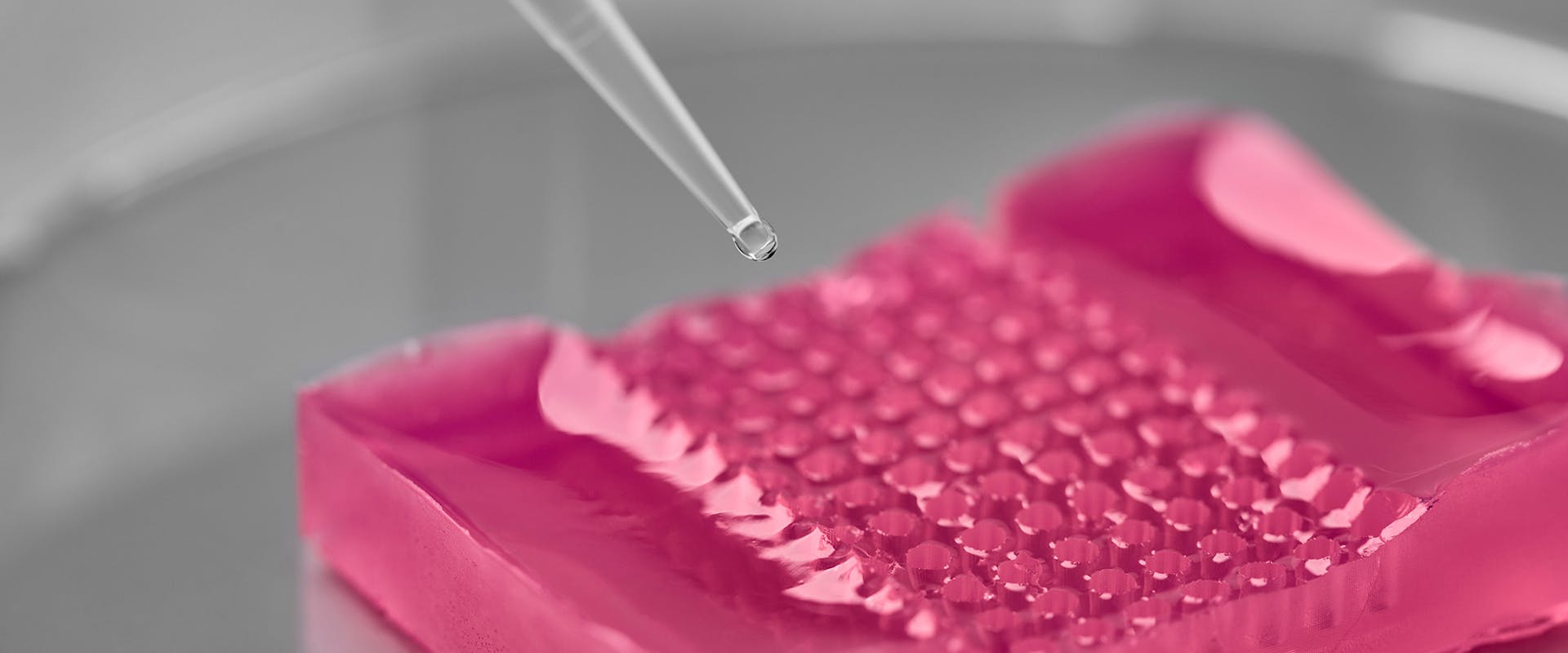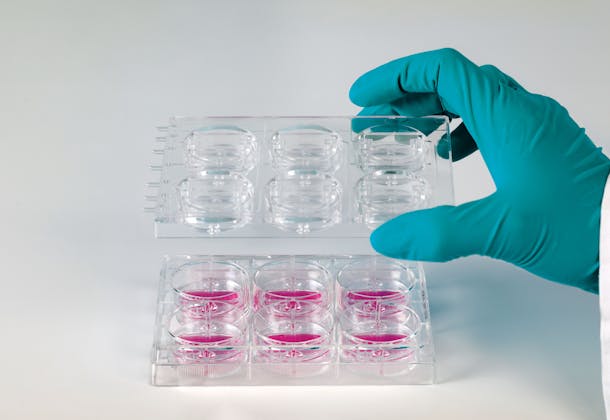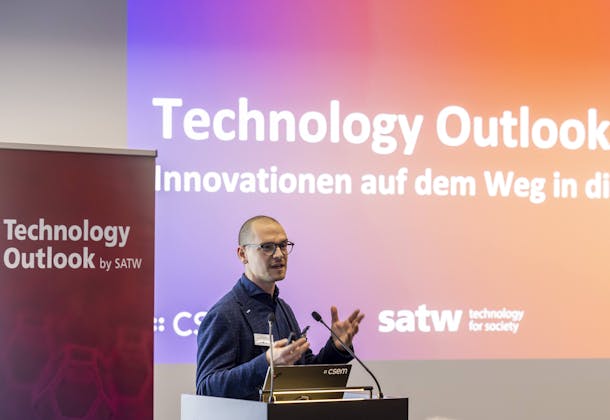CSEM Tools for Life Sciences is developing solutions for all life stages of micro-tissues, organoids, and tumoroids: production, sorting, positioning, maturation, monitoring, and analysis. The examination of the anatomy of the cells produced in 3D cell models is of particular importance throughout the entire value chain. A new discipline, so-called micro-histology, is addressing this current need of aligning hundreds of organoids in one focal plane for imaging and analysis.
HistoBrick, a new micro-histology tool
In collaboration with the School of Life Sciences FHNW (Prof. Laura Suter-Dick), with its advanced expertise in cell biology and in vitro toxicology, CSEM Tools for Life Sciences has developed a new approach to align organoids. HistoBrick offers precise co-planar positioning of 96 micro-tissues before dehydration, paraffin embedding, and sectioning. All micro-tissues are sectioned simultaneously at the same level resulting in reduced processing and analysis times at high yield.



